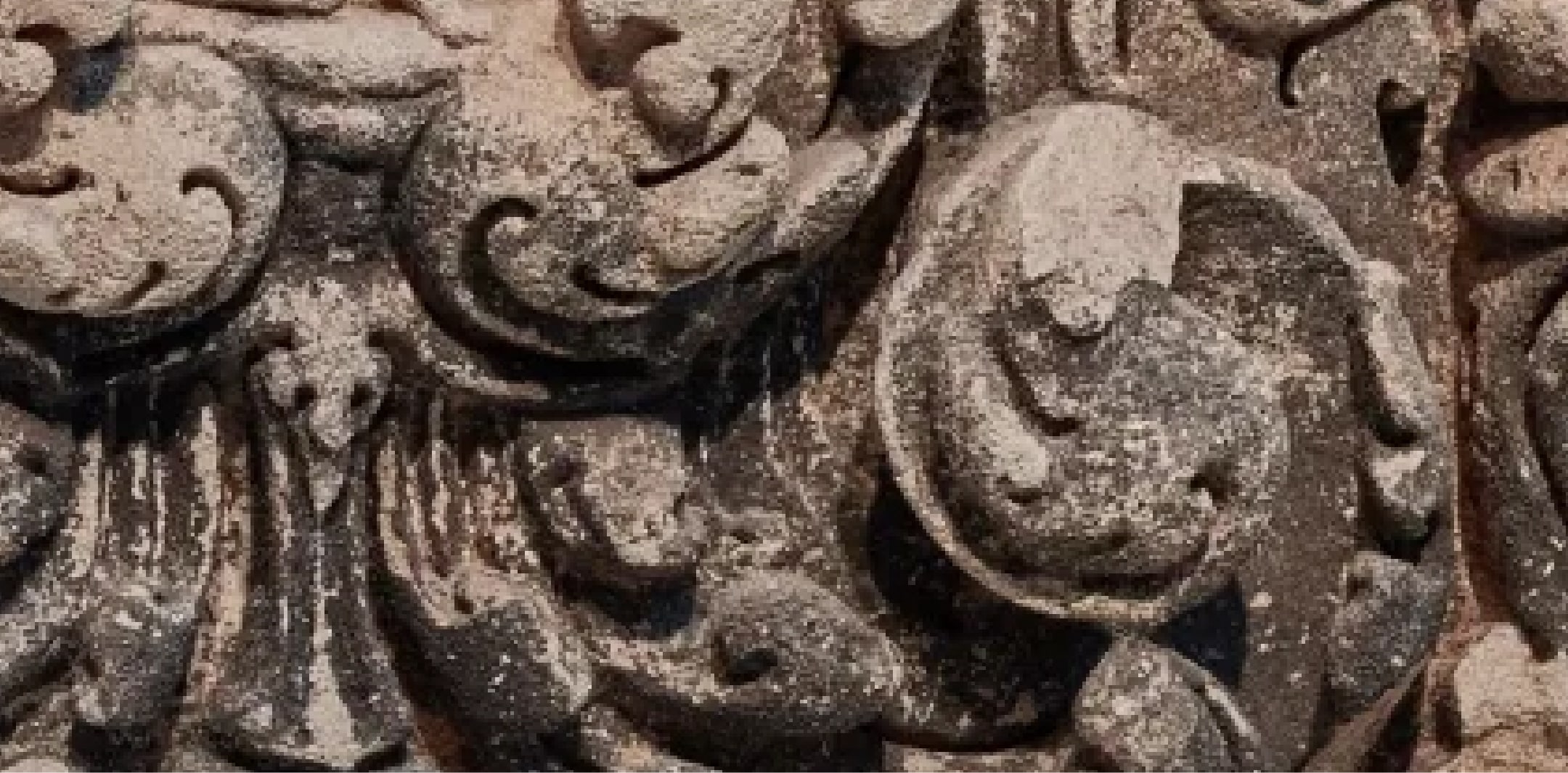John Alexander Pope was a renowned scholar and authority on Asian art, especially Chinese and Japanese ceramics. He spent most of his professional career at the Freer Gallery of Art, which he joined in 1943 as an Associate in Research. He later served as Assistant Director (1946 to 1962) and then as Director (1962 to 1971). After his retirement in 1971, he continued at the Freer as Director Emeritus and Research Curator for Far Eastern Ceramics.
Pope was born in Detroit, Michigan on August 4, 1906 and died in Washington D.C. on September 18, 1982. He obtained a Bachelor's degree in English literature from Yale College. In 1929, prior to graduation, he joined the China International Famine Relief Commission sent to survey famine conditions in the Yellow River valley. As a truck driver for the Commission, he travelled throughout north China giving him an unparalleled chance to see the land and people at first hand. In Beijing, he met and spent time with Alan Priest, later curator of Far Eastern Ceramics at the Metropolitan Museum of Art. In a 1972 letter, Pope recalled his time with Priest in 1929 as "the most important factor in my subsequent decision to go into the field." From 1934 to 1941 he was a graduate student at Harvard University, studying Chinese and Japanese languages and the history, archaeology and art of these countries. He spent 1938 as a Travelling Fellow of the Harvard-Yenching Institute studying Chinese archaeology at the University of London; he also travelled to Stockholm, Paris, Amsterdam and Berlin to study museum and private ceramic collections. Harvard awarded him an M.A. degree in 1940 and a Ph. D. in 1955.
From 1945 to 1946, on leave of absence from the Freer, Pope served as a Captain in the U.S. Marine Corps Reserve posted to Tianjin, China as a Chinese language interpreter. He travelled frequently to Beijing, spending time with Jean Pierre Dubosc and other Chinese art connoisseurs. In introductory notes to a 1979 lecture he recalled that on one of these Beijing trips he made his "first purchase of blue-and-white." Thus began of a life-long interest in Chinese blue-and-white porcelain in general and establishing criteria and a methodology for dating and stylistic analysis of 14th and 15th century blue-and-white in particular. His publications included analysis of important collections of Chinese ceramics, for example those at the Topkapi Sarayi in Istanbul and at the Ardabil Shrine in Iran. Many of his lectures, articles and research trips focused on Chinese trade ceramics, not only in European collections but also from Asian shipwrecks and at sites ranging from East Africa to The Philippines.
Pope made his first trip to Japan in 1956. In his 1979 notes he wrote: "My visit to Karatsu and meeting with the Nakazato family started my serious interest in Japanese ceramics." He made many trips to Japan beginning in the late 1960s, often spending several months at a time visiting important kiln sites and Japanese potters as well as collectors. His research emphasis gradually shifted to Japanese porcelain and the issues of dating and identifying kiln sites and wares. At the time of his death he was researching a book on Japanese porcelain.
Over time Pope created a substantial personal collection of Chinese and Japanese ceramics. He developed an extensive network of connoisseurs, dealers and scholars. He travelled frequently, visiting public and private collections, attending various symposia, and meeting with a wide range of colleagues involved in the world of Asian ceramics. He belonged to many professional associations and served as advisor or board member for several museums and academic institutions.
